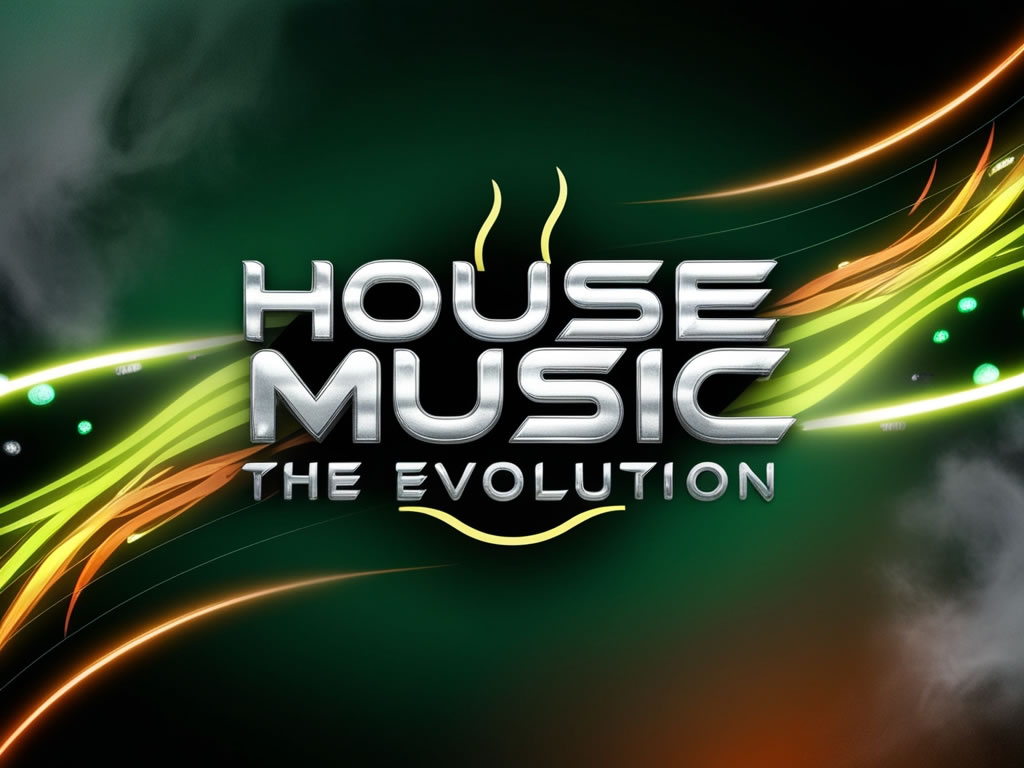The Evolution of House Music and Its Subgenres: A Comprehensive Guide
House music, an influential genre in the world of electronic dance music (EDM), has come a long way since its inception in the early 1980s. Born in the underground clubs of Chicago, house music has not only shaped the global dance scene but has also evolved into a rich tapestry of subgenres, each with its own unique vibe and loyal following. From deep house to tech house, this blog post will explore the origins, characteristics, and the most prominent subgenres of house music.
Origins of House Music
House music emerged in the early 1980s as a product of Chicago's club scene. DJ Frankie Knuckles, known as the "Godfather of House," is credited with pioneering the sound. At its core, house music is defined by its four-on-the-floor rhythm pattern, deep basslines, and repetitive, hypnotic beats. Knuckles and other early house DJs used drum machines like the Roland TR-808 and TR-909 to craft their tracks, blending disco, funk, soul, and early electronic elements to create a sound that was both danceable and innovative.
With its soulful roots and raw energy, house music quickly spread beyond Chicago, first to New York and Detroit, then to the UK and Europe, and eventually became a global phenomenon. Over time, house music splintered into a variety of subgenres, each reflecting the diverse influences and regional styles that have shaped it.
Key Subgenres of House Music
1. Deep House
Deep house is characterized by its complex melodies, smooth chords, and soulful vocals. This subgenre often leans on jazz, funk, and soul influences, creating a more chilled-out, mellow atmosphere than traditional house. With a slower tempo (typically around 120-125 BPM), deep house tracks are ideal for relaxing, grooving, or creating an introspective vibe. Artists like Larry Heard (Mr. Fingers) and Kerri Chandler were instrumental in shaping deep house, and the genre continues to thrive today in both underground and mainstream settings.
Characteristics:
2. Tech House
Tech house is a fusion of house music's groove and the harder, more mechanical elements of techno. Originating in the 1990s, it strips away some of the soulful or melodic elements of deep house, focusing instead on driving rhythms and minimalistic soundscapes. This makes it a favorite in clubs and festivals, where the relentless beats keep the energy high. Tech house pioneers include artists like Green Velvet and Carl Cox, while contemporary acts like Fisher and Solardo keep the genre alive and well in today's EDM scene.
Characteristics:
3. Progressive House
Progressive house emerged in the early 1990s as a more "progressive" and complex version of traditional house music. It focuses on long, hypnotic builds, lush soundscapes, and a sense of journey. Known for its emotional depth and epic breakdowns, progressive house often features melodic elements and intricate layering. Artists like Sasha, John Digweed, and Eric Prydz helped popularize this genre, and it remains a staple at large festivals and big-room venues.
Characteristics:
4. Electro House
Electro house is a high-energy, bass-heavy subgenre that first gained popularity in the early 2000s. With its aggressive sound, powerful basslines, and often abrasive synths, electro house is designed to get the crowd moving. It frequently incorporates elements of other EDM genres like dubstep or techno, making it one of the more commercialized forms of house music. Artists such as Deadmau5, Steve Aoki, and Wolfgang Gartner have contributed to the rise of electro house, and it remains a festival favorite worldwide.
Characteristics:
5. Soulful House
Rooted in gospel, soul, and disco, soulful house is a subgenre that retains the emotional and vocal depth of its parent genres. It often features uplifting lyrics and warm melodies, making it perfect for intimate venues and those who crave a more emotional connection to the music. Artists like Masters at Work and Louie Vega are considered pioneers of this genre, using live instrumentation and vocalists to create a rich, soulful sound that feels timeless.
Characteristics:
6. Afro House
Afro house is a fusion of house music with African rhythms and instruments. This subgenre brings the beats and energy of traditional African music into the structure of house music, creating something that is both deeply rhythmic and highly danceable. With its rising popularity in South Africa and across the globe, artists like Black Coffee and Da Capo have pushed Afro house to the forefront of the international house scene.
Characteristics:
7. Melodic House
Melodic house is a subgenre that blends the driving rhythm of house music with rich, emotive melodies. It focuses heavily on intricate harmonies and evolving soundscapes, creating an uplifting and immersive listening experience. Often featuring soft vocals, arpeggiated synths, and dreamy atmospheres, melodic house has gained popularity in both festival settings and more intimate venues. Artists like Lane 8, Yotto, and Ben Böhmer are prominent figures in this subgenre.
Characteristics:
The Influence of House Music in Today's EDM Scene
House music’s impact on modern EDM cannot be overstated. Many of today’s biggest DJs and producers, such as Calvin Harris, David Guetta, and Swedish House Mafia, draw heavily from house music’s structures and styles. Even subgenres like future house and bass house, which have become popular in recent years, owe their existence to the foundational beats of traditional house music.
Additionally, the culture surrounding house music—centered around inclusion, freedom of expression, and a love of the beat—continues to thrive, particularly in the underground scenes of cities like Berlin, Ibiza, and Detroit.
Conclusion
House music has proven itself to be a timeless and continually evolving genre. Whether you're a fan of the mellow vibes of deep house or the high-energy drops of electro house, there's a subgenre for every listener. The evolution of house music into its many subgenres is a testament to the genre’s adaptability, cultural relevance, and global appeal. As long as there are dancefloors to fill, house music will continue to evolve and inspire generations of music lovers.
Final Thoughts
Are you ready to explore house music's many subgenres? Whether you're a seasoned club-goer or new to the EDM scene, house music offers a rhythm and a groove that will get your feet moving and your heart pumping. Dive into the subgenres, discover your favorite, and let the beat take you away!

